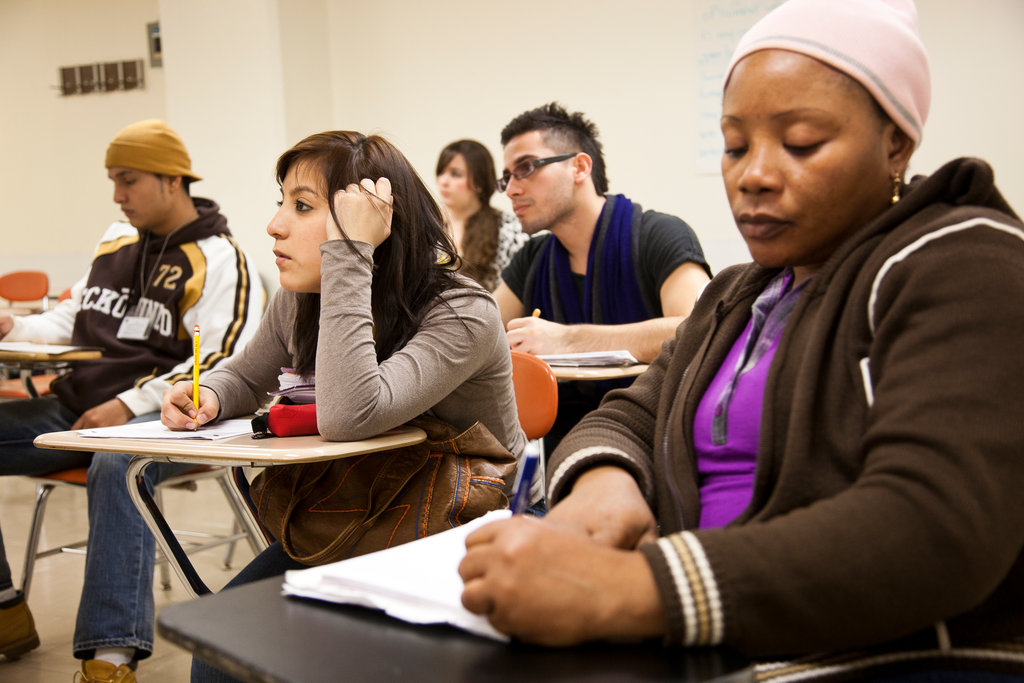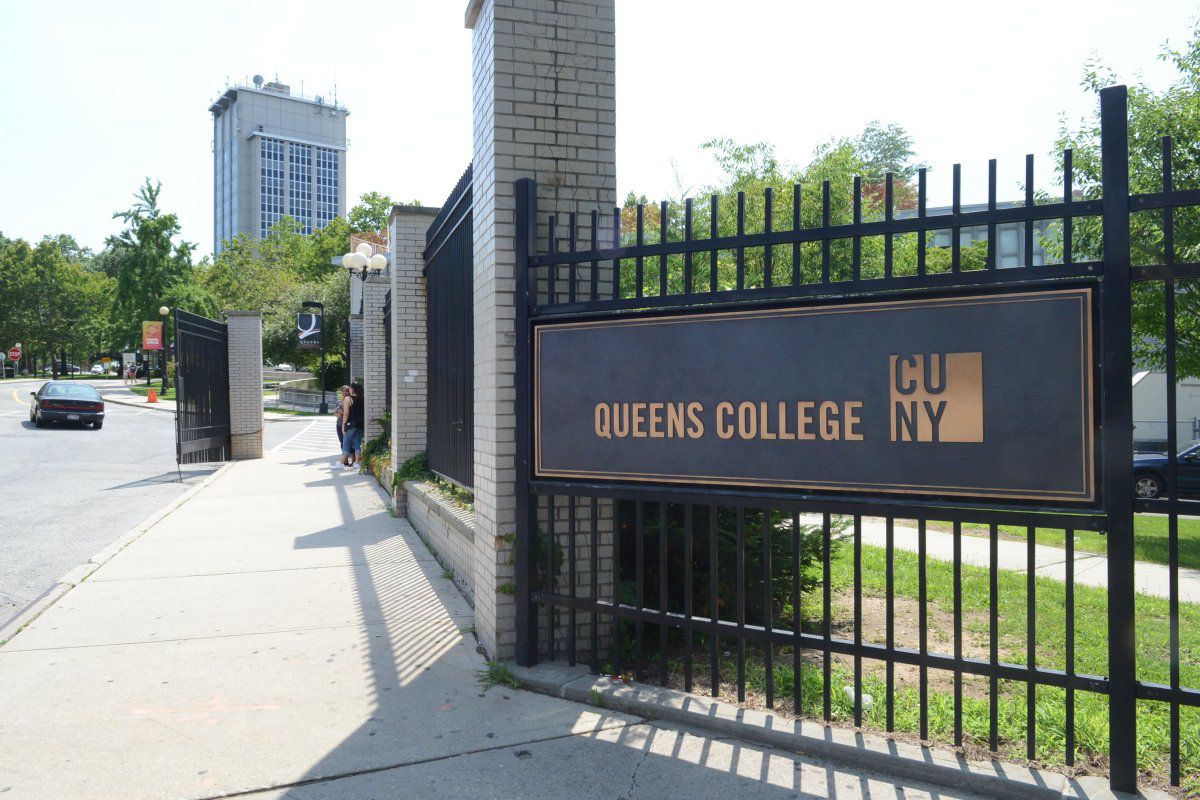Last fall, nearly 80 percent of those who graduated from New York City high schools arrived at City University’s community college system only to realize they had yet mastered the rigors of college-level work, leaving high school unprepared. This meant about four of five high school graduates began college needing remedial coursework in reading, writing, math or, outstandingly, all three.
The majority of students entering CUNY community colleges are required to take entrance assessments in reading, writing and math, to determine their academic and development level.
Currently, students that are placed in remedial courses and must retake them until they pass. The remedial courses do not count as credit towards a degree, though the cost for each course is about the same as regular courses.
Remedial courses are aimed with the ideal to build a student’s math, reading, and/or English skills before they are al- lowed to take regular college courses.
However, this arguable system, that aims to provide students with a bet- ter chance at succeeding in college, is costing students time and money. In addition to the costs of remedial classes, they must take time to get through college, raising their tuition debt and keeping them out of the job market longer.
Akila Wazid, a senior majoring in economics and accounting, transferred from Laguardia Community College and said the requirements pose as a burden on students.
“Remedial classes aren’t covered by financial aid, so many students had to pay for them out of pocket. It’s a difficult situation for students who came from high schools that weren’t very good, because they were forced to pay for classes they didn’t need.”
Students of all races and income levels end up in developmental classes, but minority students are significantly more likely than white students to be placed in remedial courses. Students from low-income families are more likely to be allocated in developmental classes as well.
It is reported that half of the students assigned to remedial courses do not stay long enough to make it to the finish line.
Along with causing financial strain, students con- sidered remedial begin to wonder if they really belonged in college at all, being left discouraged to proceed.
Derek Arciniegas, a jun- ior majoring in political science attended Nassau Community College. Arciniegas said the remedial class requirements took a toll of his motivation to pursue a higher education.
“You come into college with a mindset that you will be doing better, only to learn that you’re doing high school work. It makes you wonder what the point is. You begin to question yourself, if you didn’t do well enough in high school, how will you do well in college?”
According to the latest performance report, the CUNY system in 2012 disclosed that 50 percent of remedial writing students passed the exit exam, 43 percent passed remedial reading, and 38 percent passed remedial math. College administrators and researchers have stated that CUNY’s entrance assessments must be re-vamped as most students are wrongfully placed in remedial courses.
CUNY is also making several changes to increase its graduation rates across the university. As pub- lished in an article by The New York Times, CUNY will be replacing its cur- rent placement test with College Board Exam, ACCUPLACER.
Along with its new placement assessment, CUNY officials have chosen to evaluate the overall grade point average of a student, along with their grades in courses appropriate to the school/major they are applying for.
CUNY schools hope to have this new system in place by the 2018 academic year.
CUNY has also introduced an automatic retesting policy for students whose test results are just below the passing mark on math and reading placement ex- ams. Since this course of action was established last fall, about 550 students have taken advantage of it on the reading exam, and of those, 49 percent passed on their second try. Three hundred students retook the math test, and of those students, 55 percent passed.
Leaders at CUNY believe the program changes will help decrease the number of students placed in remedial courses and lift the overall number of students graduating from college.














